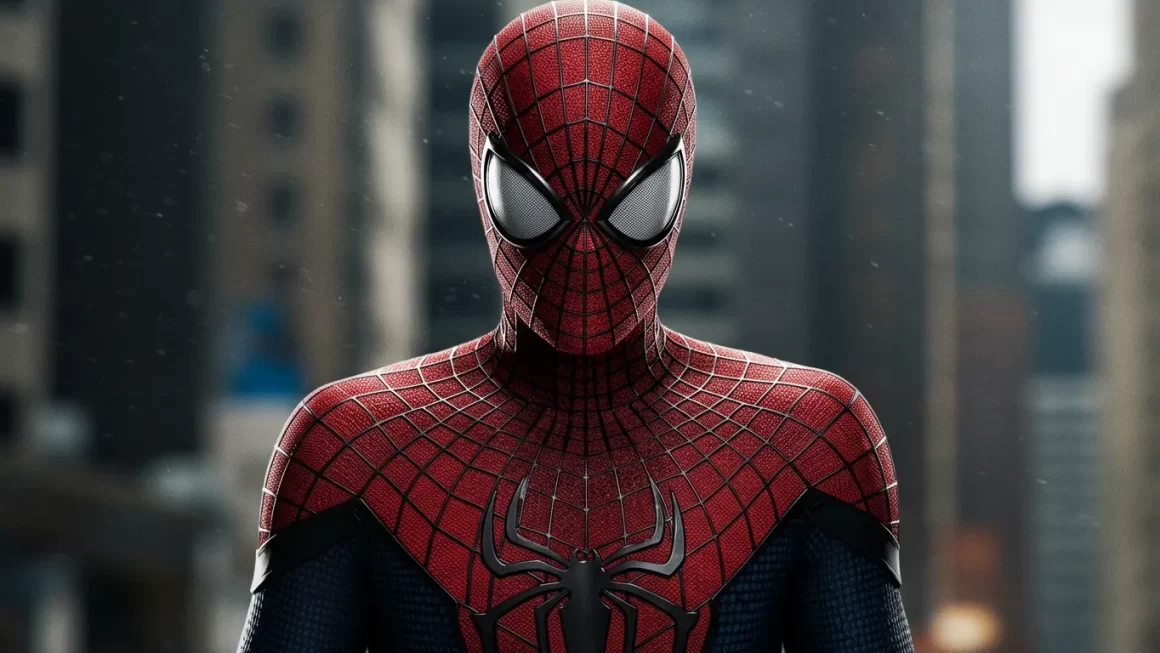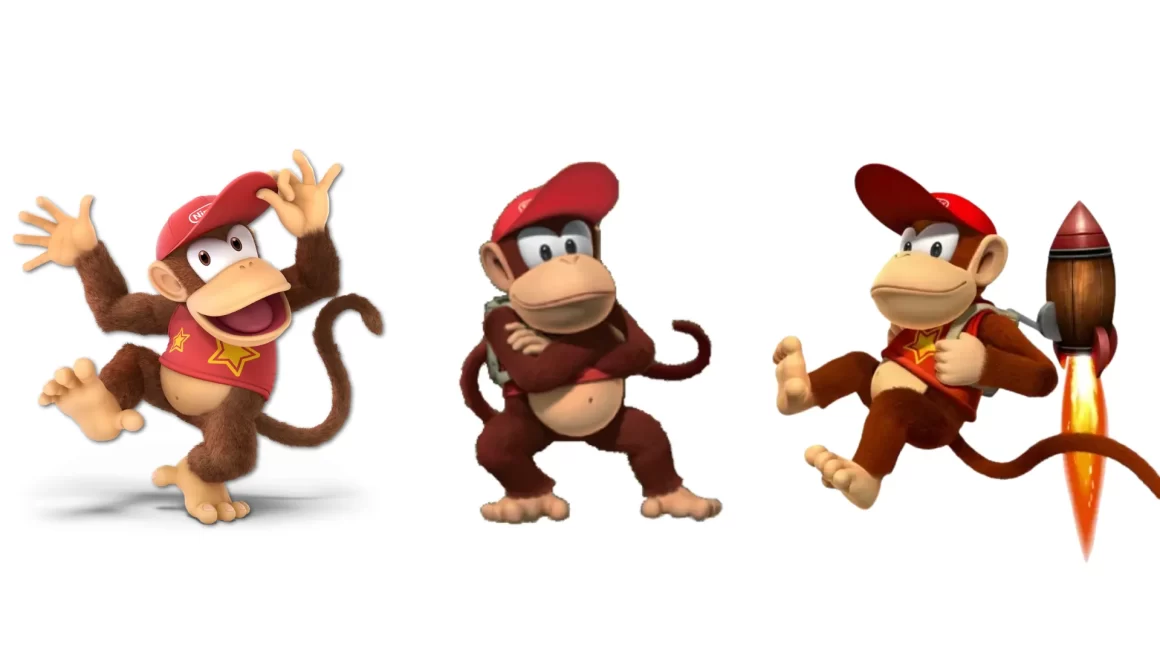Table of Contents
Andrew Garfield’s portrayal of Spider-Man in The Amazing Spider-Man series brought a fresh and modern take on the beloved superhero’s costume. The suit, designed by Kym Barrett, marks a departure from previous iterations, offering a more grounded and scientific approach to the classic look. With its intricate design, futuristic elements, and thoughtful features, Garfield’s Spider-Man suit stands out as one of the most memorable superhero costumes in recent cinematic history. This article explores the design, features, and the thought process behind Garfield’s Spider-Man suit, shedding light on the unique elements that elevate the character on screen.
The Genesis of Garfield’s Spider-Man Suit
When The Amazing Spider-Man was announced, it was clear that the series aimed to give Spider-Man a distinct new look. Costume designer Kym Barrett was tasked with updating the suit to reflect a more youthful, modern version of Peter Parker, distinguishing Garfield’s portrayal from Tobey Maguire’s earlier Spider-Man. The goal was to create a suit that not only aligned with the character’s technological and intelligent nature but also reflected a more realistic and innovative design approach. The suit showcased Peter’s ingenuity and creativity, crafting a look that was both visually compelling and grounded in the idea of a resourceful young man designing his own superhero gear.
The Color Scheme: A Bold, Modern Twist
One of the first things that stand out about Garfield’s Spider-Man suit is its color palette. The vibrant red and blue used in the suit are noticeably bolder and more saturated than in previous versions. The rich red tones give the suit a modern edge, while the deep blue, particularly around the arms and legs, adds depth and a hint of metallic sheen. This darker blue creates the illusion of a more high-tech, durable suit, enhancing the impression that Spider-Man’s costume is more than just fabric—it’s a functional piece of superhero technology. The striking contrast between the reds and blues serves as a visual representation of Spider-Man’s dual identity as a teenager and a superhero. Find more info: celebrity cipher today
The Spider Emblem: Power and Responsibility
The spider emblem on Garfield’s suit is a key feature that sets it apart from previous designs. Larger and more angular than its predecessors, the emblem stretches across both the chest and back. Its geometric design, with sharp lines and a 3D effect, gives Spider-Man a more intense, intimidating look. The raised emblem adds texture and depth, making it stand out against the suit’s bright red and blue base.
This new spider emblem is more than just a design feature; it symbolizes both Spider-Man’s power and his responsibility to protect the people around him. It acts as a reminder of his duty, reinforcing the character’s connection to the community he serves. The emblem serves as a bold visual cue that Spider-Man is a hero with a complex moral code and an unwavering sense of duty.
Webbing: Craftsmanship Meets Functionality
Garfield’s Spider-Man suit features webbing that is both aesthetically pleasing and functional. Unlike the flatter, simpler designs of previous versions, the webbing on Garfield’s suit is embossed, creating a raised texture across the red sections. This intricate pattern mimics the organic nature of spider webs, adding a dynamic feel to the costume. The webbing’s design is a significant departure from past iterations, reflecting the high-tech, innovative nature of the suit.
The webbing also serves a practical purpose: it symbolizes Spider-Man’s web-shooters, an invention that plays a central role in his ability to swing through the city and fight crime. The prominence of the webbing reinforces Peter Parker’s creative genius, showcasing his ability to engineer complex gadgets and tools. The webbing pattern not only adds a visual dimension to the suit but also enhances its overall functionality, making it an integral aspect of the design.
Material Choice: High-Tech and Practical
The suit’s materials were carefully chosen to create a balance between visual appeal and functionality. The costume is made from a combination of elastic fabrics and high-tech materials that provide flexibility, comfort, and durability. The suit’s form-fitting design ensures that it can accommodate the fast-paced, acrobatic movements that are characteristic of Spider-Man’s combat and web-swinging sequences.
The fabric itself has a slightly metallic sheen, adding a futuristic touch to the suit. This metallic finish not only enhances the suit’s visual appeal but also emphasizes the character’s shift toward a more tech-driven persona. The materials were designed to withstand the wear and tear of action sequences, ensuring that the suit could handle the intense physical demands of the role without compromising its sleek, stylish look.
Also Read: B Simone Net Worth: The Journey of a Multi-Talented Entertainer
The Mask: Identity and Expression
The mask is another defining feature of Garfield’s Spider-Man suit. The design of the mask is sleek and aerodynamic, with large, expressive white eye lenses that allow for greater emotional depth. This is a key feature, as the eye lenses help convey Spider-Man’s emotions, even though Garfield’s face is hidden behind the mask. The larger lenses serve to enhance the character’s expressive range, making the suit feel more alive and relatable to audiences.
In addition to its expressive qualities, the mask is also lightweight and flexible, contributing to Spider-Man’s agility and speed. Its design complements the rest of the suit, allowing for maximum performance during high-intensity stunts and acrobatic maneuvers. The mask not only serves to conceal Peter Parker’s identity but also amplifies the superhero persona, making Garfield’s Spider-Man feel both heroic and human.
The Web-Shooters: Peter Parker’s Genius
Unlike Tobey Maguire’s Spider-Man, whose web-slinging abilities were depicted as a natural power, Garfield’s Spider-Man relies on mechanical web-shooters that he personally designed and built. These sleek, minimalistic devices are integrated into the suit, and their clean design complements the overall futuristic look. The web-shooters are more than just a tool for swinging through the city—they represent Peter’s scientific prowess and inventive spirit.
The web-shooters serve as a reminder of Peter Parker’s ingenuity, showcasing his ability to turn his intelligence into action. This scientific approach to web-slinging adds a layer of complexity to Garfield’s Spider-Man, highlighting his resourcefulness and problem-solving skills. The inclusion of the web-shooters also aligns with the film’s focus on Peter’s journey of self-discovery and growth.
Evolution of the Suit: A Reflection of Spider-Man’s Legacy
Garfield’s Spider-Man suit draws inspiration from the original comic books but incorporates modern, technological elements that make it stand out in the cinematic universe. The suit’s design is influenced by the “Ultimate Spider-Man” comic series, which portrays a more youthful, tech-savvy Peter Parker. The sleek lines, futuristic materials, and attention to detail in the design reflect the character’s evolution from a comic book hero to a modern, on-screen icon.
The suit serves as a visual representation of Spider-Man’s growth as a character, blending classic elements with contemporary innovations. It marks a significant departure from previous versions while still staying true to the core aspects of the character. The suit’s evolution mirrors the changing nature of superhero films and Spider-Man’s place within that landscape.




